Guide to Containers: Types and Packing Tips
Common Types of Containers
- Dry Container (DC or GP): The most common container used for general cargo that is suitable for container shipping. Excludes goods like refrigerated items, live animals, and plants.
- Reefer Container (RF or HR for High Cube): Designed for goods that require temperature control, such as perishable items or goods needing a constant temperature.
- Open Top Container (OT): Suitable for oversized goods like machinery, allowing loading from the top. Equipped with a PVC waterproof cover and a detachable frame for easy handling.
- Flat Rack (FR): Specialized for heavy goods loaded from the top or sides, like pipes and heavy machinery.
- Hanger Container (HT): Ideal for transporting garments, offering flexibility for hanging clothes with ropes or rods, saving on transportation and handling costs.
- Tanker Container: Consists of a liquid tank within a frame, used for transporting liquids such as alcohol, oil, liquid food products, and chemicals.
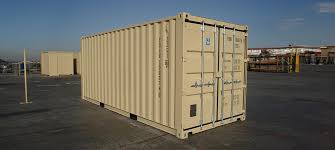
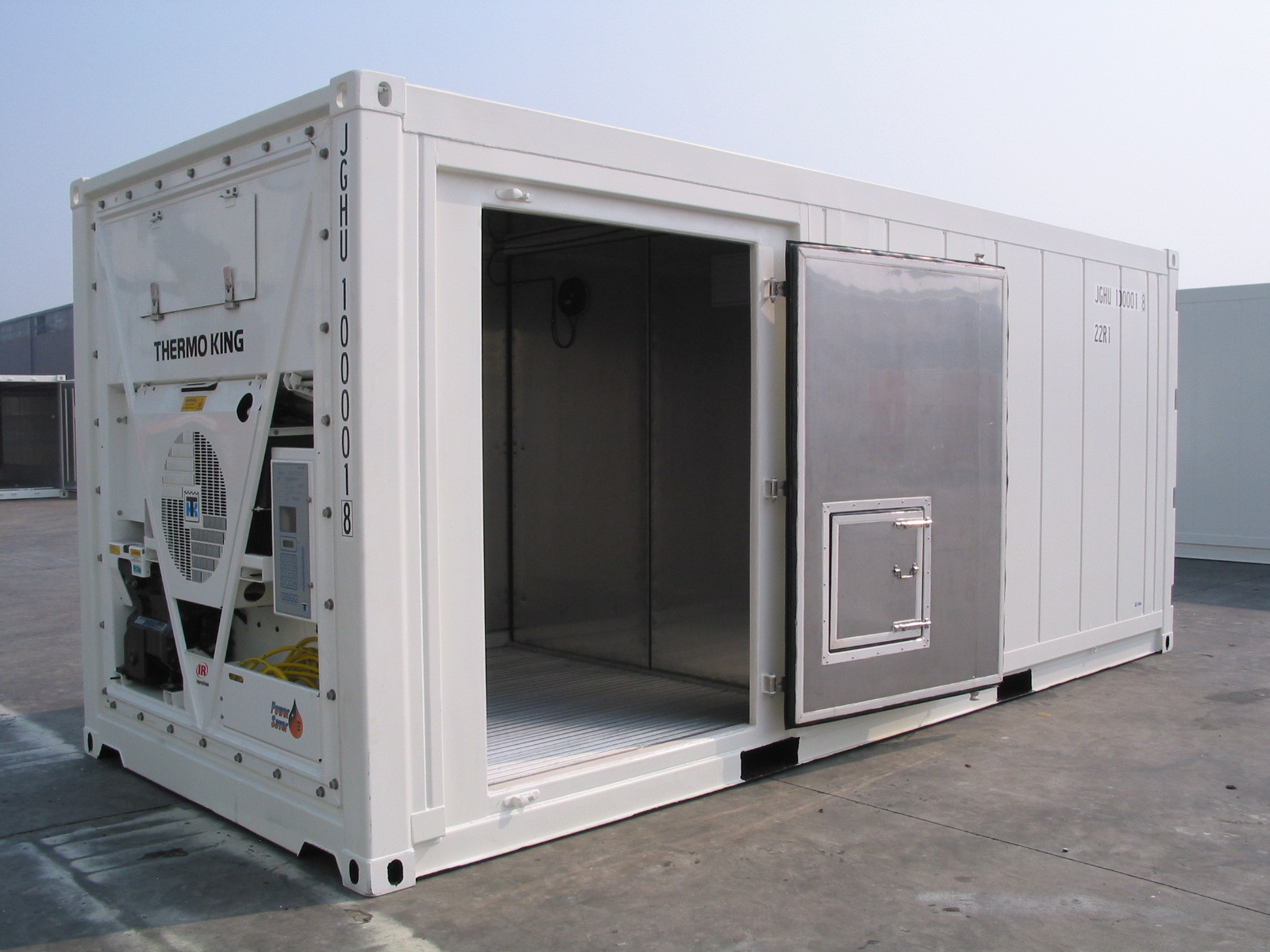
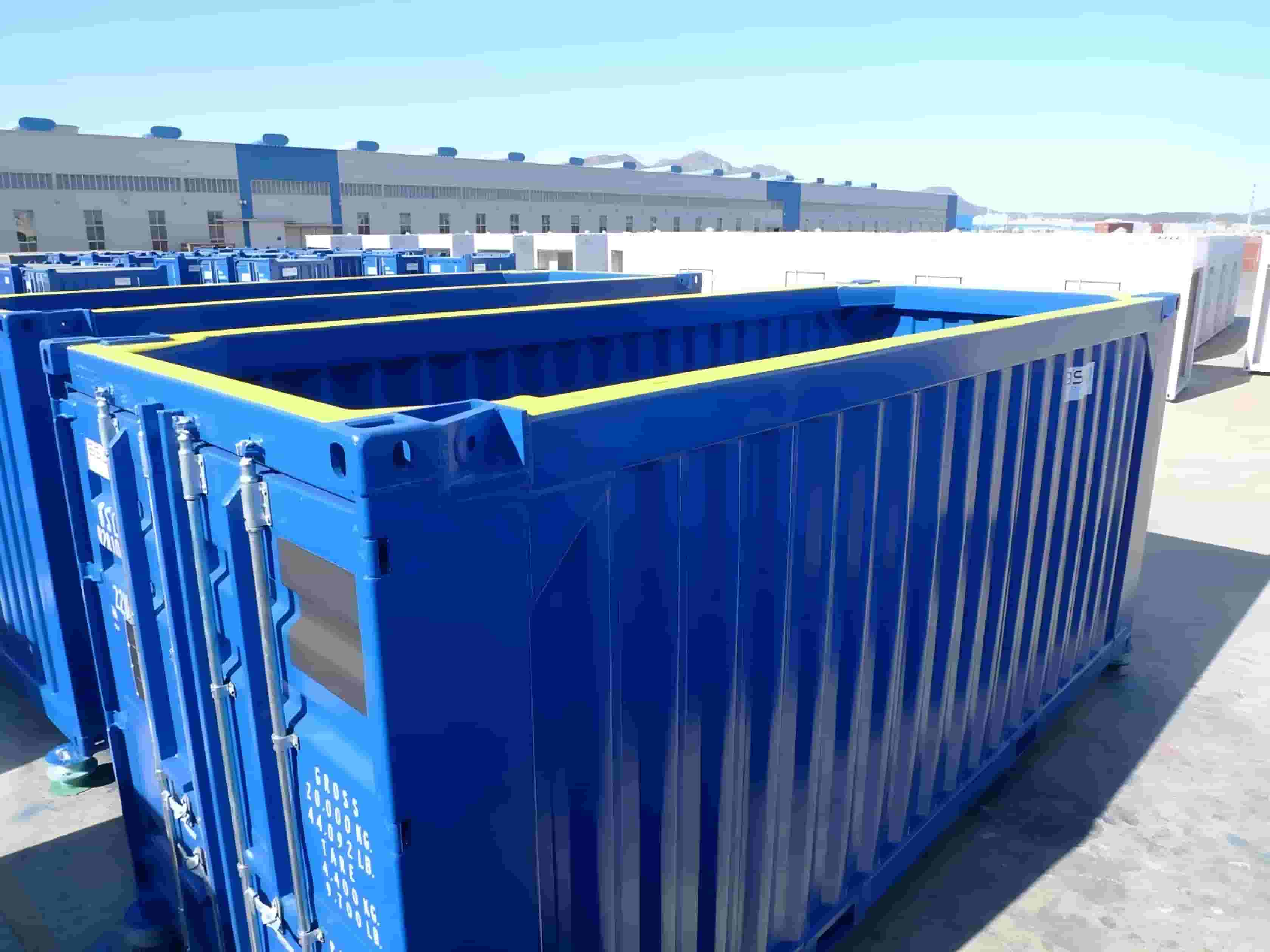
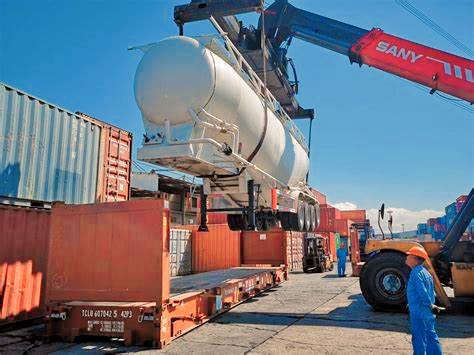
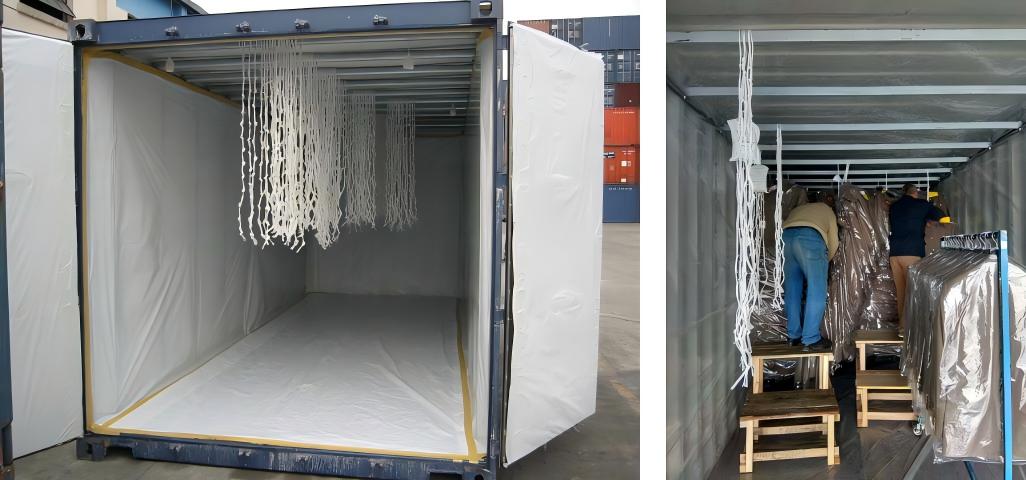
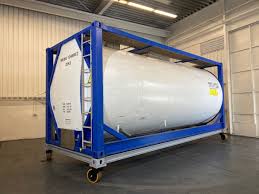
Container Packing Tips
- Volume Utilization: The internal volume of a container varies slightly based on its
construction and materials. Generally, about 85% of the theoretical volume is effectively utilized. For
example:
- A 20-foot container typically can accommodate 28 cubic meters of cargo.
- A 40-foot container can accommodate about 54 cubic meters.
- A 40-foot high cube can accommodate about 68 cubic meters.
- A 45-foot high cube can accommodate about 76 cubic meters. To determine how much space your cargo will occupy, using a cbm freight calculator can help estimate cubic volume accurately.
- Weight Limitations: Every container displays its tare weight and maximum load on its door. However, actual cargo weight is often limited by shipping lines or terminal restrictions. For heavy cargo, always confirm weight limits with the shipping company to avoid overweight fees.
- Flat Rack Containers: Used for oversized or heavy cargo. These do not have fixed volume or weight limits. Ensure accurate dimensions and weight of the cargo are provided to confirm feasibility with the shipping line.
- Open Top Containers: Designed for tall cargo, allowing loading from the top with a crane. They can also be used for other cargo types for ease of loading.
- For efficient cargo arrangement, businesses can also explore tools like a container loading calculator or even 3D container loading software for maximizing space. These tools help optimize the placement of goods within a container, minimize unused space, and reduce the risk of damage during transit. Proper planning also improves loading speed and helps ensure compliance with weight distribution regulations.
- When shipping smaller loads, less than container load shipping (LCL) is a cost-effective alternative to full container use. It allows multiple shippers to share container space and split the cost, making it ideal for businesses that don't have enough volume to fill an entire container. While LCL can take slightly longer due to consolidation and deconsolidation steps, it offers flexibility and reduces storage needs.
- International shipments are often arranged by a trusted freight forwarder, who manages container bookings, documentation, and customs processes end-to-end. These professionals coordinate with carriers, handle local regulations, and offer valuable insights on the best shipping routes and schedules, ensuring timely and efficient delivery across global destinations.
How to Choose the Right Container Type
Not all containers are created equal—and picking the wrong one can lead to damages or extra charges. The type of cargo you're shipping will usually determine the kind of container you need.
- Dry Containers (GP or DC) are the go-to choice for general cargo like furniture, electronics, boxes, and packaged goods.
- Reefer Containers (RF or HR) are temperature-controlled and used for perishable items like fruits, vegetables, dairy, and medicine.
- Open Top Containers (OT) work well for tall or awkwardly shaped cargo that can't be loaded through standard doors. These containers allow crane loading from the top.
- Flat Rack Containers (FR) are made for extremely heavy or oversized items like vehicles, generators, or steel coils. The sides can be folded down or removed completely.
- Hanger Containers (HT) are ideal for the garment industry, letting clothing ship wrinkle-free on hangers.
- Tank Containers carry liquids—everything from wine to chemicals—securely sealed in a steel frame.
Before making a final decision, it's a good idea to run your cargo details through a container loading calculator to ensure proper fit and efficient space usage.
LCL vs FCL: Which One Should You Choose?
When shipping internationally, you'll often hear two terms: LCL (Less than Container Load) and FCL (Full Container Load). Here's the difference:
Understanding Destination Charges in Shipping
Aside from shipping costs, there are fees incurred when your cargo reaches the destination port. These are known as destination charges and can vary depending on location, port, and whether you're using LCL or FCL.
Typical destination charges may include:
- Terminal handling fees(THC)
- International Ship and port Facility Security(ISPS)
- Verified Gross Mass(VGM)
- Lifting Gate
- Manifest
For LCL shipments, these charges are often bundled and labeled as LCL destination charges, while FCL shipments might be billed item by item.
It's always wise to request a breakdown of expected charges in advance. A good freight forwarder can also explain how to calculate destination port charges accurately so you can budget accordingly.
Heavy Lift & Bulk Cargo Considerations
Heavy or oversized cargo like industrial equipment, transformers, or raw materials require specialized handling.
For these types of shipments:
- Flat Rack Containers or Open Top Containers are usually used to accommodate height and weight constraints.
- Some cargo may even require sea freight heavy lifting vessels that are designed with cranes or lifting gear built into the ship itself.
- Accurate cargo dimensions and weight are critical. Even a small miscalculation can result in refusal at the port or additional surcharges.
- When planning a heavy lift shipment, work closely with a logistics provider who understands heavy lift shipping and has access to the right equipment, permits, and handling experience.
Frequently Asked Questions (FAQs)
-
What is the most commonly used shipping container?
The 20-foot and 40-foot dry containers are the most commonly used types. They're suitable for most general-purpose cargo that doesn't require refrigeration or special handling.
-
When should I choose LCL instead of FCL?
If your total cargo is under 15 CBM, LCL shipping is usually the more affordable option, especially for small or infrequent shipments.
-
What are destination charges in shipping?
These are fees charged at the arrival port, including handling, customs, and delivery documentation. They vary by country, port, and type of shipment (LCL/FCL).
-
What is considered heavy lift cargo?
Any single item that exceeds normal container limits—either by size or weight—typically qualifies. This includes machinery, turbines, and industrial equipment.

